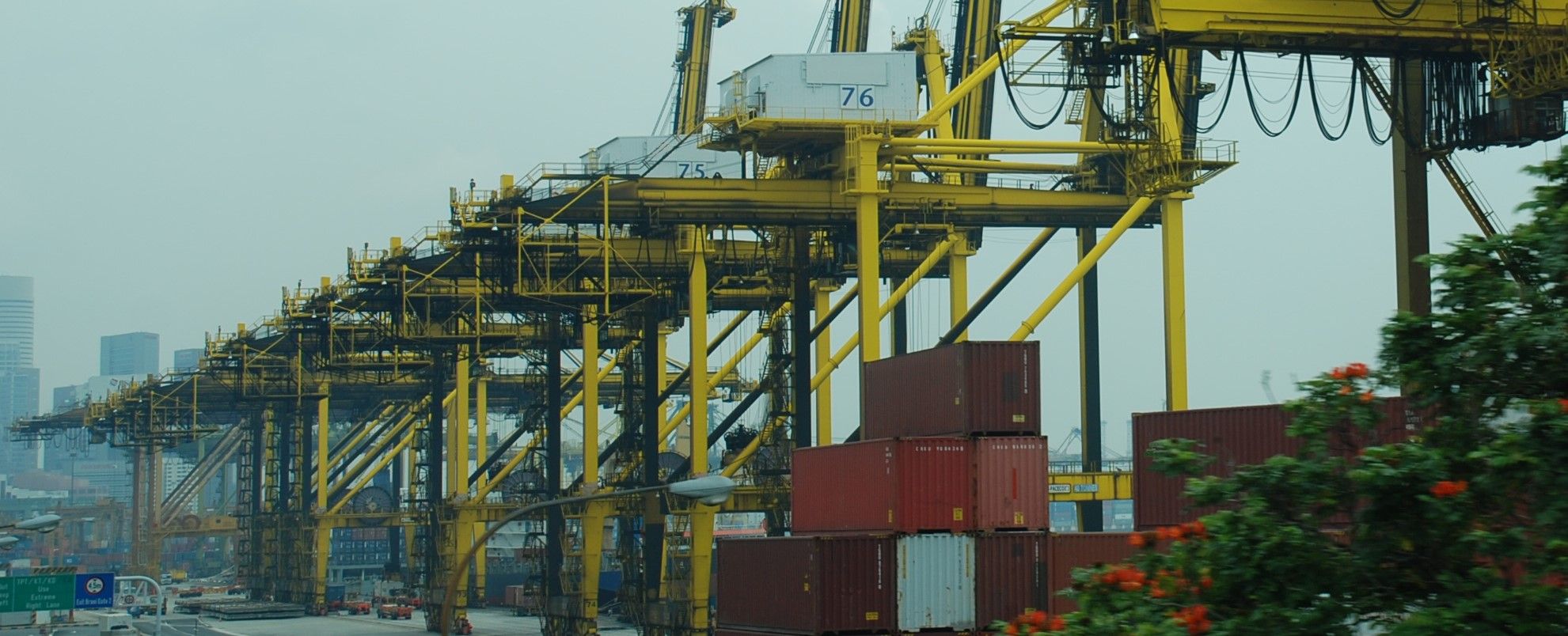So, here we are in the world of the New Normal.
Lockdown conditions are easing around the globe, and people are beginning to emerge from their homes, return to work, and restart full economic activity.
While the effects of the lockdown have yet to be fully calculated, some estimates believe that 10% of global GDP may be lost this year. The Economist magazine describing the new business conditions as the ‘90% global economy’.
Even this may be optimistic, as the truth may by the 80% or even the 70% economy.
While this may sound tragic, some economists are predicting a V-shaped economic crash. Believing that this sudden fall in business is a blip in economic growth that will recover to normal as soon as the lockdown and the first wave of the pandemic is over.

However, John Richardson, a petrochemicals analyst at ICIS, is not one who subscribes to this point of view, instead seeing public caution and the subsequent waves of infection as part of the New Normal.
In a recent ICIS report, he quotes a study which found that, “More than a third of Americans think it will be ‘several months’ before it will be safe to re-open businesses as normal. This suggests that when US businesses open, shoppers may stay away. If the US sees a constant ebb and flow of the number of infections, as the country re-opens and shuts down again, these attitudes could persist.”
As such he believes that the outlook for the petrochemicals industry is bleak. Flatly stating that, “Everyone should accept that 2020 demand for all the major petrochemicals– and probably in 2021 and 2022 as well – will be smaller than in it was in 2019.”
The report adding that, “Valuable time has been lost, in my opinion, on the notion that polyethylene (PE), polypropylene (PP), polyethylene terephthalate (PET) and general-purpose polystyrene (GPPS) demand growth would not be negative. This was based on the notion that panic buying in supermarkets would provide lasting compensation for the loss of 10-30% of the global economy.”
Data from China seems to confirm this point of view, for analysis of the China Beige Book, the ‘largest private data-collection network of the Chinese marketplace’, reports that, “91% of the more than 500 Chinese companies surveyed by the China Beige Book had reopened by late April, but only 42% were able to operate at more than half capacity. [While] 69% of Chinese executives said in another survey that April may be ‘as good as it gets’ over the next six months.”
The data forcing the China Beige Book’s CEO, Leland Miller, to inform CNBC that, “There’s no ‘full steam ahead’ recovery for China yet.”

In large part this shows how interdependent the global economy is. There are still a lot of people on lockdown or only just emerging, hence the markets for Chinese goods remain limited.
As the investment journal Market Watch reports, “China is getting back to work — but not back to normal, in a reminder that the health of the world’s second largest economy is intertwined with supply and demand chains and political fortunes around the globe.”
All of which paints a gloomy picture for a petrochemicals industry that is hoping for a quick return to peak trading. Officially, China’s Q1 GDP growth fell 6.8%, although some analysts fear that this figure is an underestimate. If it is much more, then it is likely that China’s demand for petrochemicals and other raw materials will take even more time to recover.
As Richardson notes in a separate ICIS report, “Benzene is the most prominent example [of demand loss] where Q1 net imports were down 61%.” Adding that, “While ethylene and propylene demand has held up quite well because of demand for food packaging and other daily essentials, benzene demand has been significantly hit by the global collapse in consumption of durable goods. More than 50% of global benzene consumption is into durable end-use products such as high-impact polystyrene and acrylonitrile butadiene styrene, I have been told.”

Given China’s position as the number one destination for petrochemical products, a weak Chinese return from lockdown is worrying for raw material suppliers everywhere.
The ICIS report concluding that, “China has every chance of enjoying a strong recovery in 2021. But until then it is essential to be realistic about the pace of China’s recovery during the rest of this year. Do not be misled by the official data, be sceptical, and accept that China will not be able to easily absorb your surplus production.”
As economic activity on Main Street begins to return to normal, it is natural to think that the economy has returned to the levels of Christmas 2019. But the tepid data coming from China shows just how deep COVID-19 has cut into the global economy.
In these strange times, predictions may be difficult, but for the petrochemicals industry, it seems it is still necessary to play it safe.
As Richardson advises, “… be cautious about the pace of recoveries in every other country and region over the next 12-18 months. Remember that cash is king and so to preserve cash, minimise your risks.”
Photo credit: Zukiman Mohamad from Pexels, Pexels, Freeimages, & David Mark from Pixabay